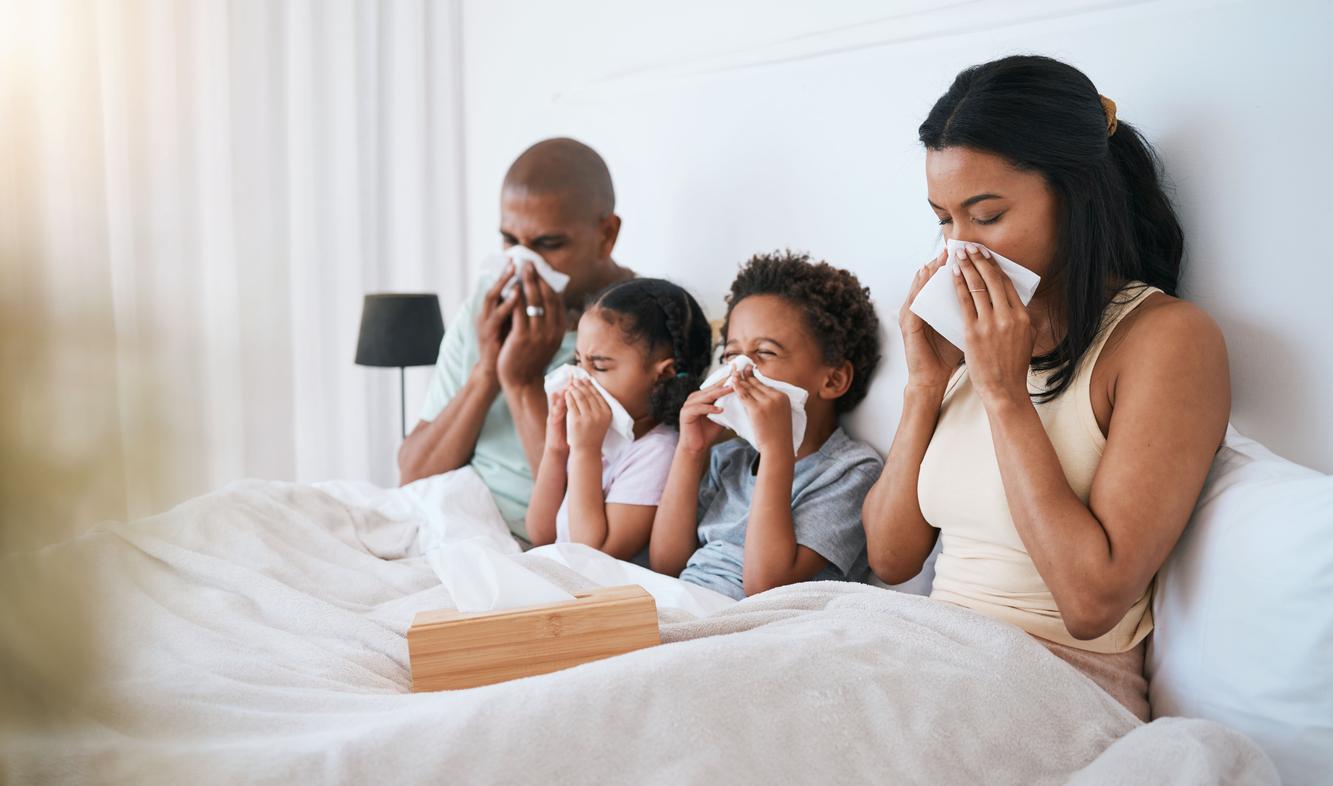Homes for the elderly are particularly affected by influenza. Applying protective measures quickly is essential to limit mortality.

Years go by and epidemics change. Last year, the flu had thus waited until the end of January to pass the epidemic threshold, while the “raw” 2016/2017 has already been rife since mid-December. Soon 600,000 French people will have consulted for flu symptoms. The virus which circulates mainly, H3N2, targets particularly the most fragile, first of all the seniors. The establishments which welcome the elderly are therefore on the front line. The application of preventive measures remains essential to limit mortality, which could be significant this year.
Preferred targets
Seniors are already paying a heavy price: last bulletin of Public Health France indicated that, among the people who had to be hospitalized, 14% are between 65 and 79 years old and 63% are over 80 years old. People over 65 also represent the majority (70%) of serious cases that required treatment in an intensive care unit.
The health agency also notes that in the last two weeks of 2016, 65 outbreaks of influenza were declared in communities of the elderly. “It’s not surprising,” notes Bruno Lina, head of the National Flu Reference Center in Lyon (Rhône). H3N2 is known to be responsible for epidemics in nursing homes. When this virus is mostly circulating, there is always an upsurge in communities of the elderly. “
Reactions too late
Acute respiratory infections (ARI) remain the leading cause of infectious death in nursing homes, as well as the leading infectious cause of transfer to hospital, underlined the High Council of Public Health in recommendations published in the summer of 2012.
When a resident presents an ARI, the procedure to be followed by the directors of the establishment is the subject of a protocol including hygiene measures, “barrier” measures and the possible use of an antiviral treatment. This is to limit complications for the infected person, and to prevent the spread of the virus.
Measures that could have been neglected in some establishments, in view of the numerous contaminations of recent weeks. “It is very important to be reactive from the start of the outbreak because this allows it to be controlled,” insists Bruno Lina. We do not suffer an epidemic without doing anything, otherwise we can have consequences in terms of mortality and morbidity which can be very serious. “
For the specialist, the recommendations of the HCSP are not always well followed, or even not well known by certain coordinators of establishments for the elderly. “When there are forty cases in an establishment, it is because the problem was not taken into account in time, slice Bruno Lina. Virological confirmation must be requested from the first cases, in order to apply the appropriate measures. EHPADs who do so manage to limit the cases to 5 or 6. “
High mortality
The consequences for the residents of the most fragile retirement homes can be serious. Catching the flu at over 85, when one suffers from several pathologies, can mark the entry into addiction. Moreover, “when an H3N2 epidemic breaks out in a nursing home, around 10% of infected people die”, estimates Bruno Lina.
The epidemic peak has not yet been reached, and should only be in one to two weeks, according to projections. The number of influenza cases in nursing homes will therefore increase further. “If what we currently observe in Auvergne-Rhône-Alpes [région la plus touchée, ndlr], were to reproduce in other regions, it is to be expected that EHPADs will be significantly affected, comments Bruno Lina. We must therefore also be prepared for hospitals to find themselves under pressure; hospitalizations are always more numerous when it comes to elderly patients than when the patients are children or young adults. ”
Since the start of the epidemic, the flu has led to more than 1,000 hospitalizations and has already caused 22 deaths in France.
.

















